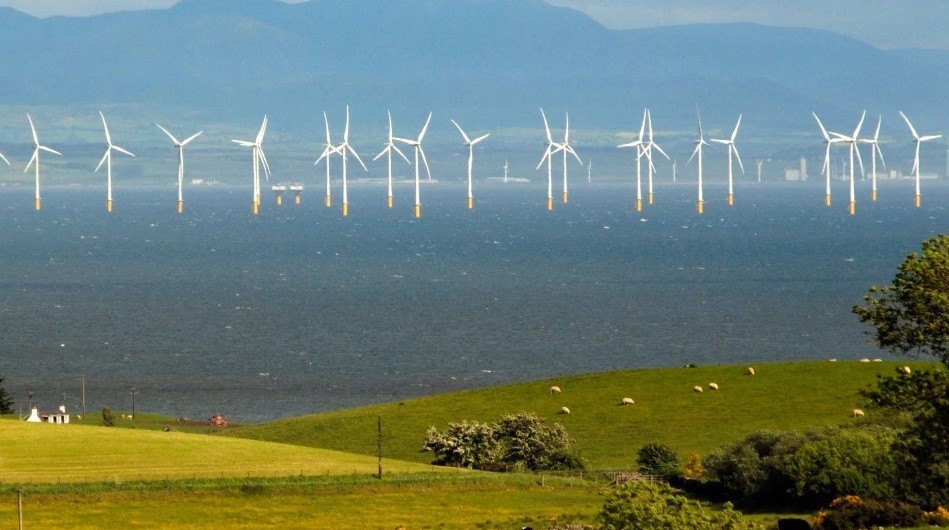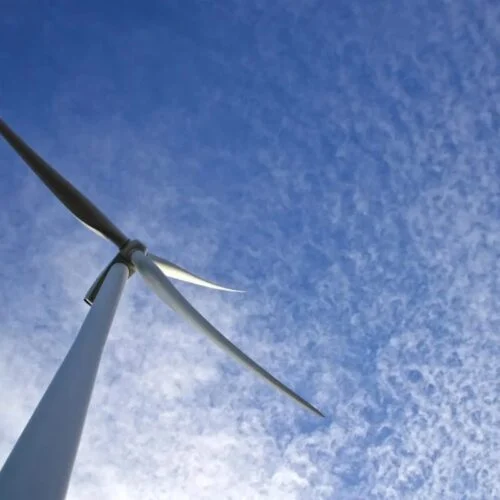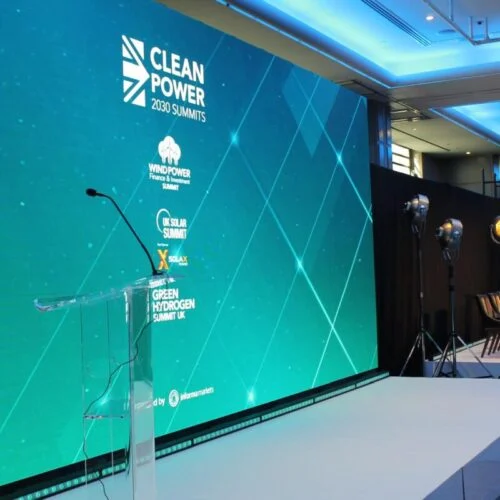The next contracts for difference (CfD) auctions will have to procure record-breaking amounts of renewable energy if the 2030 clean power target is to be met.
According to analysis from Cornwall Insight, the auction rounds in 2025 and 2026 (AR7 and AR8) must at least double the total achieved in 2024’s AR6, itself breaking records for awarded capacity.
Data from the energy consultancy suggests that to achieve the government’s 2030 targets, set out in the Clean Power 2030 Action Plan (CP30), AR7 and AR8 together must deliver up to 20GW of offshore wind, 7GW-8GW of onshore wind and 23GW-24GW of solar PV. By comparison, AR6, which was allotted the highest-ever budget for a funding round, secured 5GW offshore wind, 900MW onshore wind and 3.3GW solar PV.
CP30 confirmed that the government intends to secure at least 12GW of offshore wind capacity through AR7, AR8 and (depending on deployment speed) AR9.
Cornwall Insight suggests there might be some scope for projects awarded in 2027’s AR9 to be commissioned by 2030, but the next two years are key, and meeting targets will demand an even bigger budget and a surge in project developments.
The department for energy security and net zero (DESNZ) announced reforms to the CfD scheme for AR7 that could include relaxed offshore wind eligibility criteria and longer contracts. Another consultation on CfD changes is expected early this year, however dramatic changes will not likely apply to AR7, which is due to take place in autumn this year.
The analysis also notes that, while confirmation that the Review of Electricity Market Arrangements (REMA) will be completed before AR7 is a relief for investors, persistent market uncertainty make the 2030 target difficult to achieve.
It also gives funding shortages, international competition for investment, long grid connection queues, protracted planning permission processes, and supply chain bottlenecks as examples of issues that threaten to slow progress.
Senior consultant at Cornwall Insight Tim Dixon said: “The government’s target is ambitious, and the scale of renewables procurement needed in the next two auctions would be nothing short of record-breaking.
“While NESO has stated that achieving the goal is technically feasible, this might not be the strong endorsement the government is presenting it as. However, we shouldn’t let the difficulty of meeting these targets overshadow the positive progress being made in the UK renewables sector.
“With growing investment in contracts for difference auctions and a stronger emphasis on expanding low-carbon technologies, we have a real opportunity to drive down emissions and move closer to our 2050 net zero ambitions as a result.”






